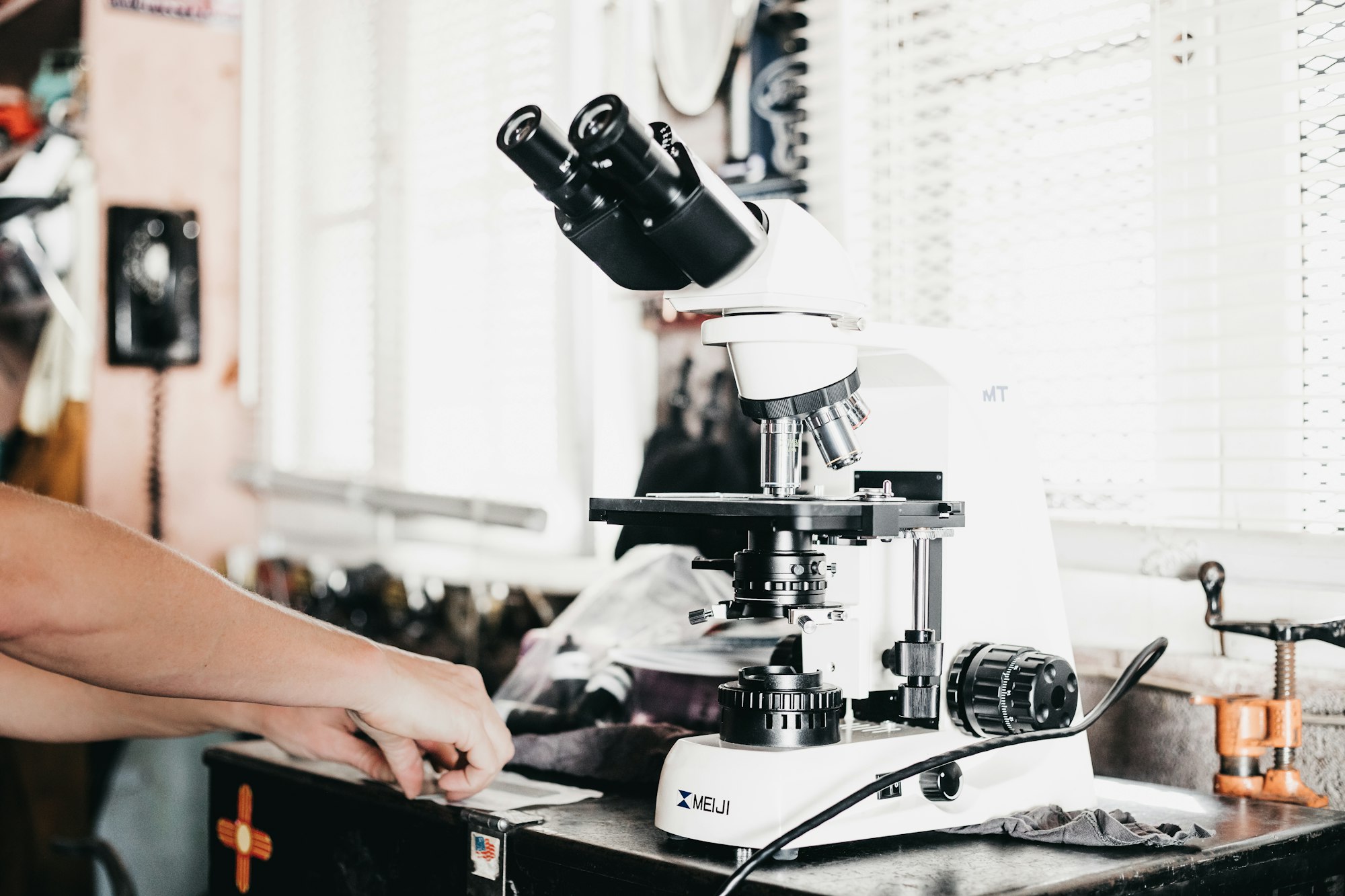Flipped learning and the challenge of student-centered higher education

I may have mentioned that I have a new book called Flipped Learning: A Guide for Higher Education Faculty that's just been published. My main goal with this book was to create a single resource that touches on all the elements of flipped learning that would matter to college and university faculty --- not just historical background and theoretical frameworks but also an extensive, detailed look at how to actually do flipped learning, and especially how to make it a sustainable part of one's career. It's not surprising that a look at any non-standard teaching practice that is more than just superficial will begin to address not only teaching and learning but also the nature of higher education itself: Where higher ed has been, where it's going and where it could go, the nature of rewards and professional life, and more.
Last week I was interviewed by Doug Lederman at Inside Higher Education to talk about these issues. It was fun and a good exercise for me to explore the wide range of issues brought up not just by flipped learning but by any innovative teaching practice. I'm reprinting it below with a few edits for clarity. You can read the original here. And of course you can buy my book at Stylus Publishing or on Amazon. Thanks to Doug for the interview.
Q. Why do you believe flipped learning is so important to the present and future of higher education?
A. We're at a crossroads in higher education today where many of the practices and beliefs about college that have worked over the last 100 years simply aren't fit for the needs of the world today or the future. Flipped learning on the other hand embodies many of the practices and beliefs that are found in the best of higher education in years past, and frames them in updated and coherent ways that can be used to move forward.
Flipped learning is a paradigm that brings together many of the practices that will make higher education viable for the next 50 to 100 years and situations them in a form that any professor can use. Those practices include intelligent use of technology without demanding any specific type of technology; focusing on active learning, which is something we now know helps all students succeed; and providing students with the opportunity to practice independent learning and self-regulation as they are given a significant portion of the responsibilities for learning.
These are the types of academic experiences that have been the hallmarks of the best teaching and learning of the last few centuries and which have the greatest relevance for our future, and they are the focal points of flipped learning. And all of this is couched in a radically student-centered approach that is predicated on relationships -- especially caring, productive working relationships between students and instructors.
Q. You note that your first experiment with flipped learning occurred out of necessity (when a computer programming course you believed required three hours a week was shrunk to half that). You write that your attempt (making the students watch preexisting videos) was largely a disaster. Rather than give up, you kept at it. But lots of professors -- lots of humans -- are surprisingly afraid to experiment, and the rewards may not encourage it. How does higher education as an enterprise better encourage instructional experimentation (and tamp down fear of failure)?
A. Some of my colleagues at Grand Valley State University and I looked into this recently (others have done so as well), and we found that there are two common issues among faculty that can inhibit them from thoughtful experimentation: The rewards structure in terms of promotion and tenure and the perception of isolation.
We found that promotion and tenure, even when not primarily based on student course evaluations, often provided few or no incentives for trying new teaching approaches in the classroom. If you tried something new with a course and it succeeds, then you have good evaluations, but you also might have had good evaluations without trying the new thing. And if it fails, which is always a possibility, then you'd have a mark on your record that you might not have had if you'd stuck with the old method. So from a purely pragmatic standpoint, there's little to no upside in experimenting.
And in some cases this experimentation is actively discouraged. For example we found a department that explicitly states that scholarship in teaching and learning --- for example, if you publish the results of a classroom experiment in a peer-reviewed journal --- would not be counted towards a faculty member's scholarship requirements, period. And we're a teaching-focused university! It's far worse at other places that are focused much more heavily on discipline-specific scholarship of discovery or that put a lot more emphasis on course evaluations. So the criteria for rewards in higher education is not set up to reward sticking one's neck out to try something in teaching that might improve student learning.
Regarding isolation, it means that faculty members often read about things like flipped learning and would like to try them out, but they feel as though they are going it alone without sufficient support. Even if you are in a department or university that does value excellent teaching and even has explicit language that ties the promotion and tenure structure to experimentation in teaching, if you feel like you're doing it by yourself, then you're less likely to do it. We found that the No.1 factor for whether faculty members adopt what's called an "evidence-based" teaching practice wasn't the preponderance of research evidence for that practice, but whether there was a colleague readily accessible to them -- a "person down the hall" -- who had tried it before and could be trusted for support.
What can higher education do to help address these two needs? Promotion and tenure structures can be rearranged so that thoughtful experimentation with new forms of teaching can be rewarded in some way and the failures that often come with experimentation put into context. For example, if a professor tries a flipped learning environment and it fails, don't simply downgrade the professor for it, but rather factor in how the professor responds and makes changes. We want faculty who are reflective and can teach like scholars, not merely faculty who don't run into problems.
Second, universities can create explicit pathways for like-minded professors to connect with each other on teaching and learning, for example, through faculty learning communities within a department or across multiple departments.
Q. Lots of innovations are probably worse done badly than not at all, and particular when technology is involved (and companies and sometimes policy makers pushing those technologies), there's a tendency toward faddishness. How do we make use of digital technologies to improve practice without letting them become ends in themselves?
A. The key is simply to keep students and student learning at the center of all decisions about teaching and learning, including technology. "Improving practice" means improving student learning, and you can't have a sense about whether student learning improves without having a sense of, and a relationship with, students themselves.
So you don't simply choose to use a piece of technology because it's nifty or because a company is selling it to you. You should choose particular technologies because they solve problems with student learning, in the simplest way possible. Otherwise, the technology is a solution in search of a problem and the student is just a test subject.
An example from mathematics is the graphing calculator. These devices have been around since the 1980's and are heavily marketed to mathematics teachers. Many times, teachers or departments simply require students to buy the latest model for class, without asking the core questions: What problems does this technology solve, and is this particular technology the best solution?
Today, I think you can point to technologies like smartphone and tablet apps or websites like Desmos.com and make a strong case that graphing calculators just aren't the best choice any more. The same teaching and learning problem --- the visualization of mathematical functions --- has a better solution in terms of all the things that matter to students like price, ease of use, and so on. But you have to see it from the student's perspective to be able to buck the trends and the marketing.
Q. What are the best tools (other than your book, of course, which presents lots of good models) for spreading thoughtful experimentation and good practice? And are there ways to do so at scale, or is it inevitable that it happens one professor at a time?
A. As I mentioned earlier, the best tools are those that foster communication and relationships among like-minded faculty that work at a local level, to alleviate the perception that a faculty member is going it alone. The "tool" here need not be anything more complicated than email and a local coffee shop. Mainly, faculty just need a commitment to communicate, to listen and to help on a regular basis. It does not have to be one professor at a time, and in fact, the perception that it is just one professor makes it far less likely that anything will happen. If you're one of those professors, the best thing you can do is seek out others who are willing to work with you. If your campus has a teaching and learning center for faculty development, let them help you make connections. Otherwise, your dean or department chair can help.
At a larger scale, there are many robust online communities that bring together people from all over the world who are trying different teaching approaches. One example is the Flipped Learning Global Initiative that brings together experts and practitioners worldwide who are dedicated to advancing the cause of flipped learning. There are associated message boards and Slack teams where day-to-day communication can take place. I'd also recommend conferences like the Lilly Conferences that focus on evidence-based teaching practices, which are great places to get face time with like-minded people.
Q. Professors are often caricatured as technology haters and, therefore, impediments to innovation and "progress" in higher education. My sense is that faculty members aren't crazy to fear that the use of technology to deliver knowledge/content will lead cost-cutting administrators to perceive less need for instructors, because some of the rhetoric used by said administrators implies that. Do you believe that concepts like flipped learning can be used to pursue the wrong ends?
A. My personal experience is that faculty aren't Luddites. They don't fear technology as much as they fear (or rather, despise) pointless time-wasting, or fear the loss of their autonomy and what they know to be the best environments for teaching and learning.
Not only can some of these evidence-based practices like flipped learning be used for these wrong ends, they have been and will continue to be wrongly used. For example, I've read about flipped learning environments used in secondary schools for the purpose of converting class sessions, which were formerly 25 to 30 student traditional classes, into 100-plus student meetings where students just do exercises on the computer, for the purposes of cutting costs and eliminating teacher positions. Higher education is no better; administrators might surmise that space and expenses can be consolidated in exactly the same way.
What all of the things I just mentioned have in common is that students are on the periphery of those decisions rather than at the center. Flipped learning is radically based on the idea of relationships, especially between instructor and student. A flipped learning environment is one where you as a faculty member can have meaningful contact with every student (or at least every group of students) every day. Implementations of flipped learning that avoid or even negate this premise always fail. On the other hand, if you keep a sincere desire for student success at the center of your decisions, then you won't ever go far wrong.
I've already mentioned the dual issues of the rewards system of higher education and the perception of isolation as big impediments to thoughtful experimentation in teaching and learning. Those are very big indeed. At the same time, they are not hard to fix, and doing so would provide powerful incentives to try flipped learning or any of a number of other innovative yet proven teaching and learning approaches. It will just take some courage on the part of campus leaders, including faculty leaders, to fix it.
Another issue for flipped learning specifically, possibly shared by other pedagogical approaches, is a corollary to the isolation issue -- that's that many of us are working on flipped learning without an understanding of what other people are doing or have done. For example, in my book I show that since 2012, the number of peer-reviewed articles on flipped learning has been increasing exponentially, more than doubling in quantity each year, and that growth is on pace to continue in 2017.
And yet, many well-intentioned articles on flipped learning don't reference many of the other articles on flipped learning but instead frame it as something that was only invented last year. In my book, too, I talk about how in the early 2000's, flipped learning emerged from three different sources in higher education almost all at the same time (with two of those sources being universities 40 miles apart from each other), and then re-emerged in the 2010's in the K-12 world, all mostly unaware of each others' existence. We just all need to be more aware of what we are all doing, and it makes the importance of communities of practice that much more urgent.


